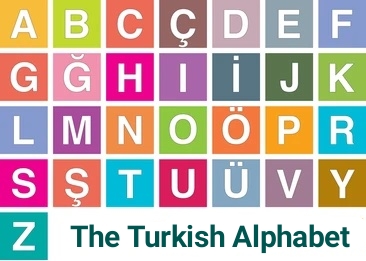The Turkish alphabet consists of all the Latin letters along with additional ones but except ‘Q’, ‘W’ and ‘X’. Non-Latin letters are such an issue especially on having social media usernames, domain names and email addresses where the Turkish letters are not supported. Although there is a “.tr” domain name service with Turkish letter support, it has failed to succeed due to some technical and marketing issues.
So, inevitably, we are forced to convert non-Latin letters into Latin ones in such fields. It’s done as in the following;
- Ç, ç → C, c
- Ğ, ğ → G, g
- İ, ı → I, i (Details below)*
- Ö, ö → O, o
- Ş, ş → S, s
- Ü, ü → U, u
e.g. A person named “Özgür Yıldırım” can get the @ozguryildirim username but that might not be something desired for some cases. It could be incomprehensible or hard to pronounce.
The Turkish Q Keyboard Layout

This is how a Turkish Q keyboard looks like. We have all the Latin letters along with the Turkish ones on the right side.
*Forms of the ‘i’ Letter in Turkish

Unlike English, there are two completely different I(i) letters in Turkish alphabet.
– The İ(i) Letter
As you see, this letter is dotted in both lowercase and uppercase forms. It’s pronounced as ‘e’ as in the email or esports.
e.g. İkaz(warning), Basit(simple)
– The I(ı) Letter
This letter is always dotless regardless of being lowercase or uppercase. It’s pronounced as ‘e’ as in mother or crowded.
e.g. Islak(wet), Kasım(November)
Conclusion
Among with the minor issues, I’m proud to have a unique mother language. The near future seems to break down all language barriers with the day to day improving translators and devices. I guess it’ll bring peace rather than conflict.
Stay safe and well..

